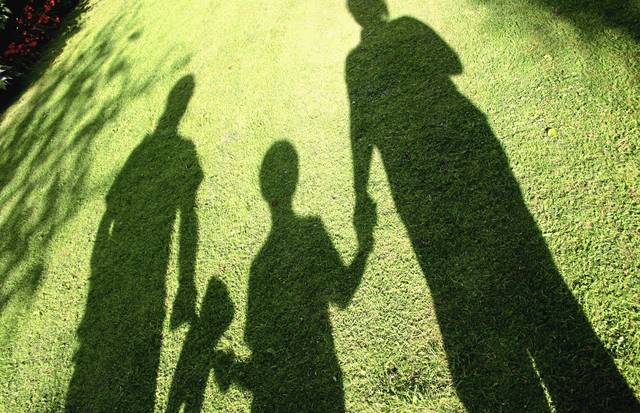https://mirror.triblive.com/opinion/editorial-foster-care-makes-the-key-difference-in-a-kids-life/
Editorial: Foster care makes the key difference in a kid's life

People have certain basic needs. A roof overhead. Clothes on their bodies. Food and water to fill their stomachs. These are the things that keep us alive.
There is a comprehensive word for what brings this together: “home.” It’s both a place and a state of being. And for children, it is synonymous with family.
But what about the children who don’t have a family? The ones who don’t have a home? The ones who still need those basics to be fulfilled so they can grow and thrive?
Those are the children who become our shared responsibility as a community. They are frequently in the custody of the state, entered into the stream known colloquially as “the system.” That might mean a group home or it might mean foster care. Pennsylvania has between 13,000 and 15,000 children in the child welfare system at any given time, according to the Pennsylvania State Resource Family Association.
In Westmoreland County, there is a need for more homes for those kids. Not the group homes. The individual family placements where they can have the roof and the clothes and the food but also know the other necessity — the safety and familiarity of having a place where you belong.
The county has 271 children in foster care, with 59 of them teens age 14 to 17. Of those, 42% are in group homes.
This isn’t just a question of what is good for kids. It’s also a fiscal issue. In 2018, the law changed, favoring foster care over group homes when it comes to federal funding.
The problem is it can be harder to find homes for older children.
“All children deserve a loving, temporary home, not just our younger children,” Children’s Bureau Director Shara Saveikis said.
It is not just something the kids deserve. It is something that is good for communities as well.
Children who age out of the system without good supports can be less likely to finish high school or find gainful employment as young adults. They have a 1 in 4 chance of experiencing issues with homelessness, substance abuse and mental health issues.
A supportive foster family can do more than provide basic needs. It can be what gives a foster kid a reason to care about school and a way to set goals for what comes next. It also can be a way to add to a family by losing the “foster” designation — most adoptions come from foster care.
That can be why many foster families gravitate toward babies and younger children. But middle schoolers and teens still need to have someone care about their report cards and teach them how to make lasagna and make them clean their rooms.
More than anything, it requires being there for a kid in need. It requires a background check, a home study and references. The children’s expenses are offset by per diem payments.
If you can help a kid, step up by visiting the Westmoreland County Children’s Bureau website. Be the difference between a basic need and a home.
Copyright ©2025— Trib Total Media, LLC (TribLIVE.com)
